Ewer
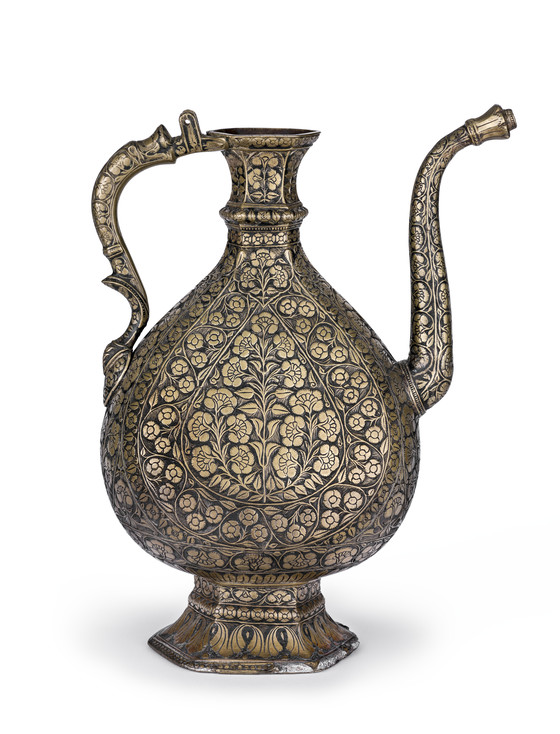
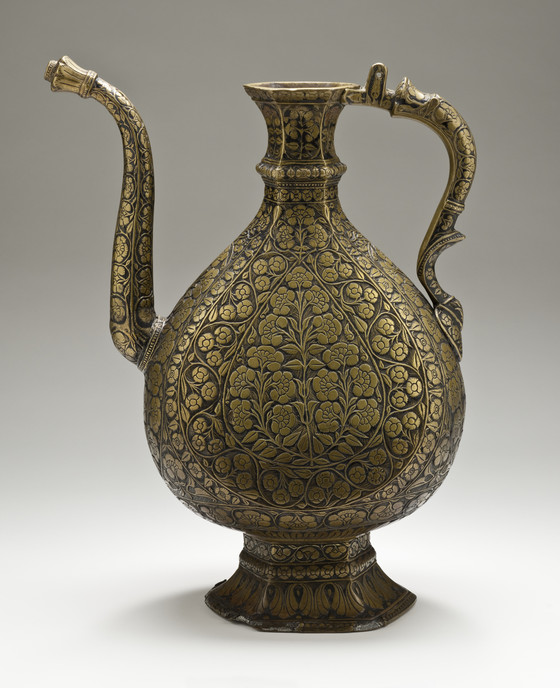
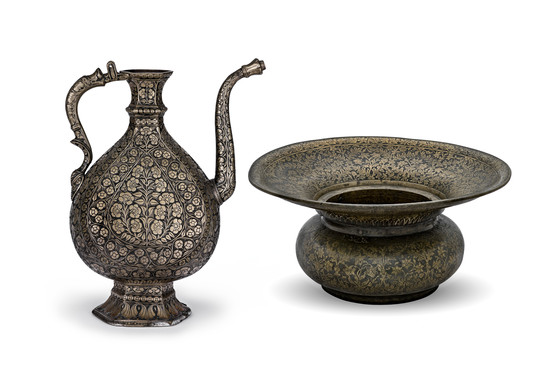
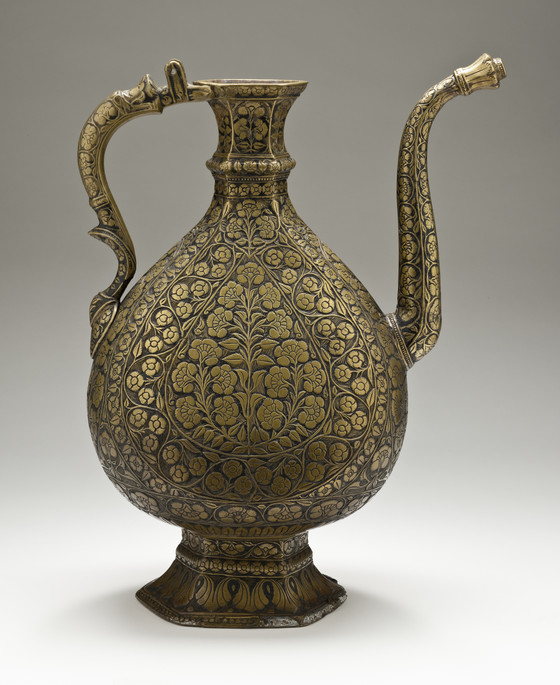

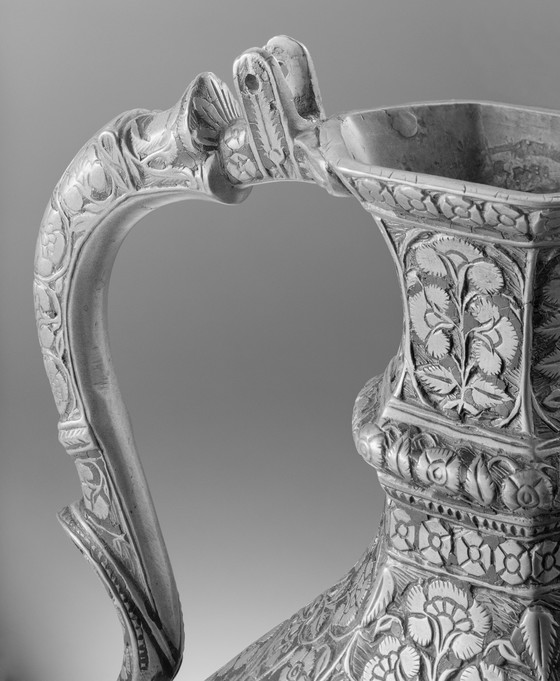

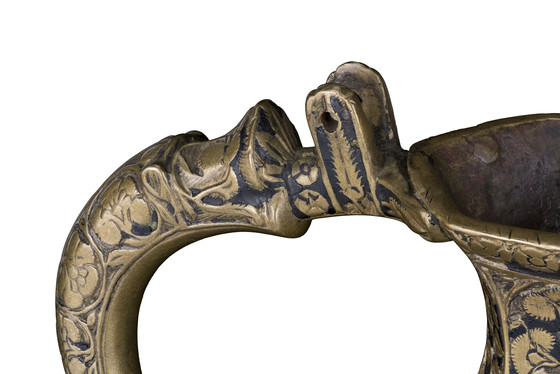
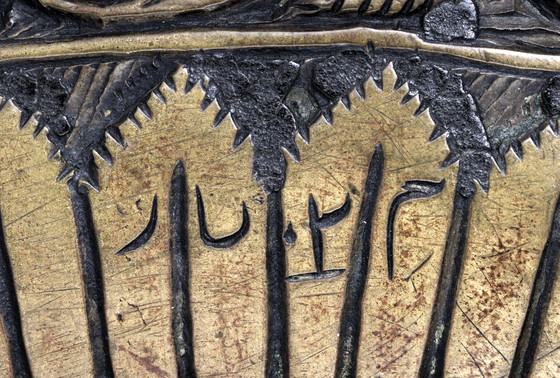


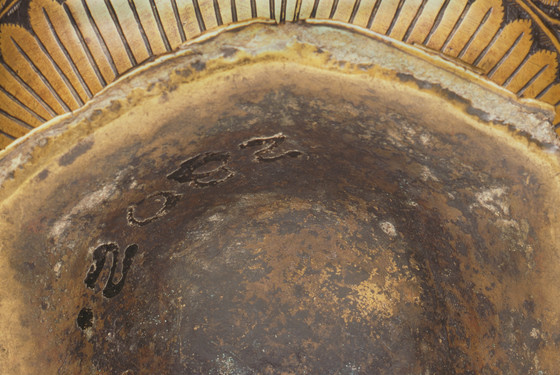
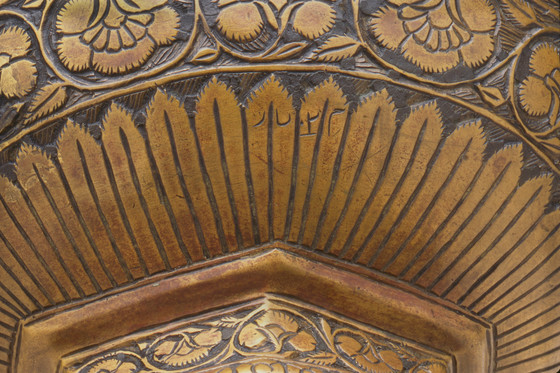
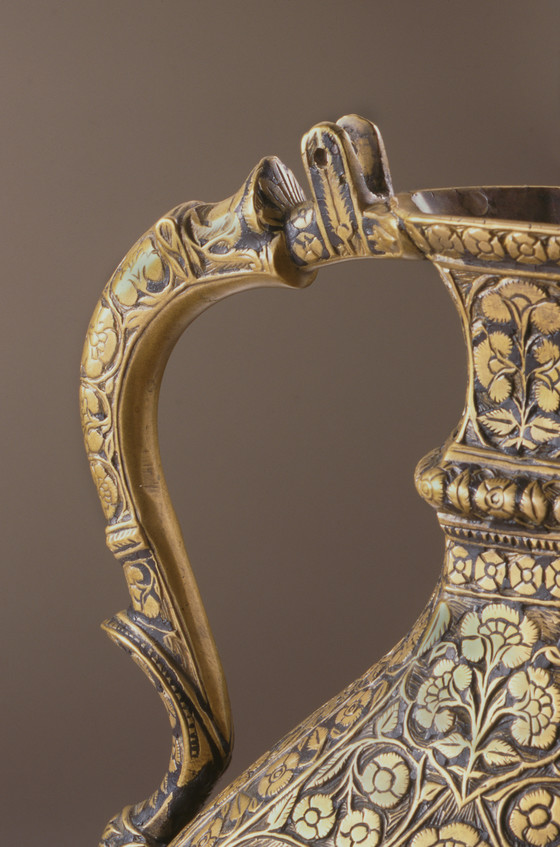
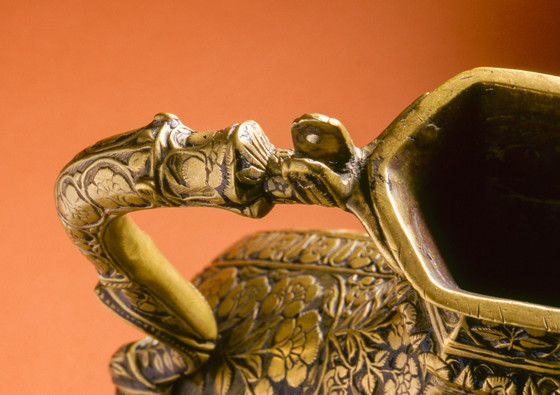
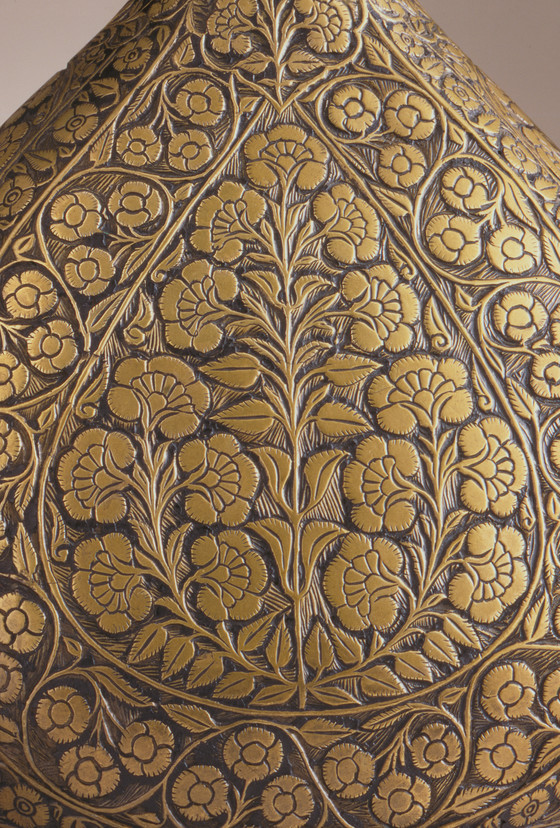
Please log in to add this item to your gallery.
View comments
No comments have been posted yet.
Add a comment
Please log in to add comments.
Please log in to add tags.
* Nearly 20,000 images of artworks the museum believes to be in the public domain are available to download on this site.
Other images may be protected by copyright and other intellectual property rights.
By using any of these images you agree to LACMA's Terms of Use.
Ewer
Alternate Title: Aftaba
Pakistan, Lahore, Mughal Empire, circa 1675-1700
Furnishings; Serviceware
Brass with traces of inlaid black resin ground, cast and engraved
14 x 10 1/2 x 6 3/4 in. (35.56 x 26.67 x 17.15 cm)
Purchased with funds provided by Harry and Yvonne Lenart and Camilla Chandler Frost through the 1995 Collectors Committee (AC1995.52.1)
Not currently on public view


